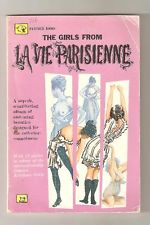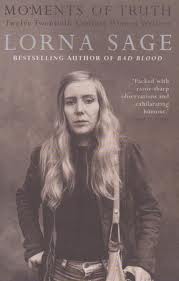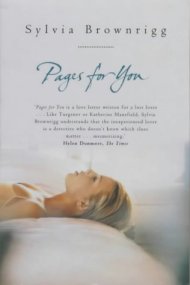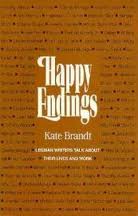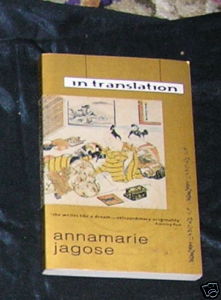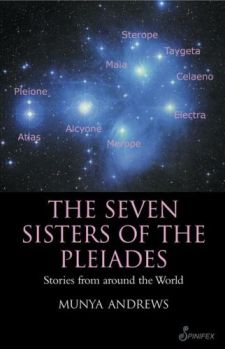 This is a difficult book to review. I had seen this book on Spinifex’s shelves years ago and had it on my mental TBR shelf, so I selected it when my blog-name was drawn out of the GWC hat a couple of months ago. Written by a woman from Australia’s Western Deserts (the Kimberley), it is a comparison of stellar lore and behaviours from various global cultures (Australian indigenous, Ainu Japanese, Maori and Pacific Islander, Native North American, etc.) as they relate to myths, astronomy, theosophy, and the beginnings of the world.
This is a difficult book to review. I had seen this book on Spinifex’s shelves years ago and had it on my mental TBR shelf, so I selected it when my blog-name was drawn out of the GWC hat a couple of months ago. Written by a woman from Australia’s Western Deserts (the Kimberley), it is a comparison of stellar lore and behaviours from various global cultures (Australian indigenous, Ainu Japanese, Maori and Pacific Islander, Native North American, etc.) as they relate to myths, astronomy, theosophy, and the beginnings of the world.
On the one hand, I really appreciated the scope of the scholarship put into this book. It must have been years of researching odd translations of ancient astronomy books, modern New Age theory, myth dictionaries and compilations. Some of the information on sacred landforms, spiritual practices, and the connections between “myths” and astronomical reality [sic] were truly fascinating, as were the inklings of the writer’s own cultural experiences with the Pleiades as a sacred constellation.
On the other, it was a hard book to read: well researched but just badly written enough and confusing enough to annoy. Some shoddy scholarship, e.g. “Bandaiyan = Australia in indigenous language” (according to who? Which one? All / some / the author’s?). Some *very* long bows drawn to connect world mythology with theosophical ideas of the history of the world, Atlantis, extraterrestrial visitors. A litte too far over the hippy-woo-woo line, a little too often.
However, reading this book made me think about privileged modes of communication and investigation, privileged holders of knowledge. In my head, I was comparing it to Daniel J. Boorstin’s magisterial The Discoverers: A History of Man’s [sic] Search to Know his World and Himself. Boorstin, if I remember correctly, was the Libarian of Congress, had studied at Harvard, Oxford and Yale, and wrote this astonishing work in his spare time (!). It is a hefty investigation into the technologies and learnings which allowed man [sic] to understand time, distance, longitude, etc., researched in documents and manuscripts of X number of languages, bristling with so many facts that every paragraph put me into somewhat of a daze. So – the complete opposite of the Andrews book. Ensconced in the Euro-Anglo academic tradition, based on documentary evidence in objective, rational, style – and likewise trying to explain the global connections that made humanity what it is today.
But I must remind myself that with all the privileges Boorstin held and cashed in on to write his book, it doesn’t mean his amazing story is any more believable, honest, true, well-founded than the one Andrews has put forward. It is good to remember that they are both stories, just stories, based on traditions of knowledge, access and process which are themselves based on cultural stories. So, I’m keeping both the Andrews and the Boorstin on my shelf, because this little lesson in who has the power of knowledge should be revisited and held close to one’s shelf.
Where it came from: Won in a draw from the Global Women of Colour Challenge and Spinifex Press
Time and manner of reading: Assorted brief, dense reads leading to sleep, interspersed by genuinely interested reads
Where it went: Keeper Shelf
Reminds me of/that: How little one knows of the world – e.g. the techniques of ancient Polynesian sea-navigation, in ocean-going canoes longer than the European ships of the 18th century
Who I’d recommend it to: MG, CC, JH, KG
Also reading: The Amazing Adventures of Kavalier & Clay by Michael Chabon; Being Alive edited by Neil Astley; The Politics of Ecstasy by Timothy Leary
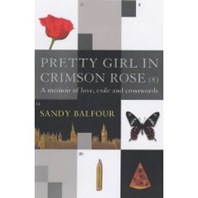 A memoir of travels and family interspersed with crossword clues, history and personalities (especially UK crosswordage for the die-hard fan). It’s quite charming as a memoir, Balfour’s style is dry and wryly entertaining, and for a while at least I put in a concerted effort to solve every clue as it appeared. The rarefication of the crosswording milieu started to get to me, however – although that may really mean that I was outsmarted more frequently and more resoundingly than I can stand – but I did enjoy the book and I’m looking forward to sharing it with my crosswording mentor. I did buy it thinking of her.
A memoir of travels and family interspersed with crossword clues, history and personalities (especially UK crosswordage for the die-hard fan). It’s quite charming as a memoir, Balfour’s style is dry and wryly entertaining, and for a while at least I put in a concerted effort to solve every clue as it appeared. The rarefication of the crosswording milieu started to get to me, however – although that may really mean that I was outsmarted more frequently and more resoundingly than I can stand – but I did enjoy the book and I’m looking forward to sharing it with my crosswording mentor. I did buy it thinking of her.